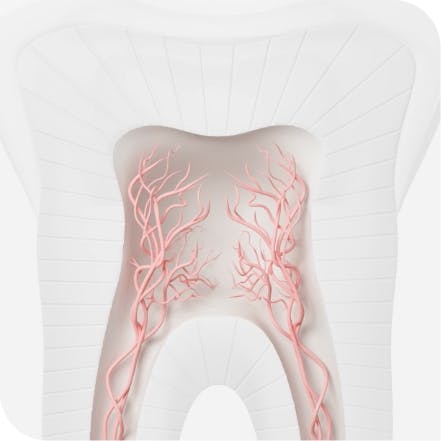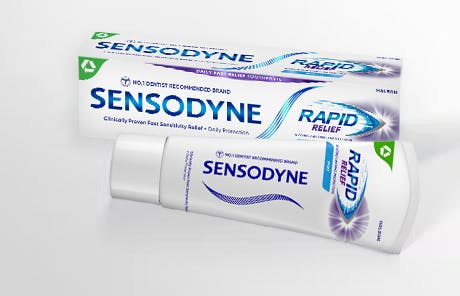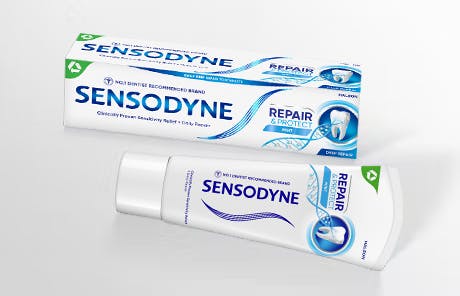- home
- Sensitive Teeth Toothbrushes
- Understanding Sensitive Teeth
- About Sensodyne
- Pronamel
- Our Products
- Product Results
- Sensitivity & Gum Toothpaste
- Sensitivity & Gum whitening toothpaste
- Rapid Relief
- Rapid Relief Extra Fresh
- Rapid Relief Whitening
- Repair and Protect Whitening
- Repair and Protect Extra Fresh
- Repair and Protect
- Sensodyne Repair Protect toothbrush
- Gentle Whitening
- Original Mint
- Extra Fresh
- Deep Clean
- Sensodyne Daily Care toothbrush
- Pronamel Gentle Whitening
- Pronamel Multi-Action
- Pronamel Extra Freshness
- Pronamel Daily Protection
- Pronamel Mouthwash
- Pronamel Intensive Enamel Repair Extra Fresh
- Pronamel Intensive Enamel Repair Whitening
- Cool Mint Mouthwash
- Nourish Gently Soothing Toothpaste
- Nourish Healthy White Toothpaste
- Sensitivity Gum & Enamel Toothpaste
- Sensodyne Clinical White Enamel Strengthening Toothpaste
- Sensodyne Clinical White Stain Protector Toothpaste
- Sensodyne Clinical Repair Deep Clean Toothpaste
- Sensodyne Clinical Repair Active White Toothpaste
- Sensodyne Pronamel Kids Toothpaste | Toothpaste for Kids Aged 3-5
- Sensodyne Pronamel Junior Toothpaste | Toothpaste for Children Aged 6-12
- Pronamel Active Enamel Shield Whitening
- Pronamel Active Enamel Shield Fresh Mint
- Oral Health Tips
- Recognising Tooth Sensitivity
- Caring for Sensitive Teeth
- Tips for Caring for Tooth Sensitivity with Hot Foods and Drinks
- Tips for Caring for Tooth Sensitivity to Cold Foods and Drinks
- Common Dental Problems Explained
- How to Care for Healthy Teeth and Gums
- Finding Suitable Pain Relief For Toothache
- Toothache: A Complete Guide
- What to Know About Temporary Tooth Fillings
- Understand How Fluoride Helps Your Teeth
- A Guide to Tooth Pain: Relief From Tooth Pain, and More
- Tooth Decay and Infection: Causes, Symptoms and Relief
- Whitening Sensitive Teeth
- Sustainability
- FAQs
- Sensitive Teeth & Gum Toothpaste
- Sensodyne Rapid Relief
- Sensodyne Extra Fresh
- Contact us
- Where to Buy











